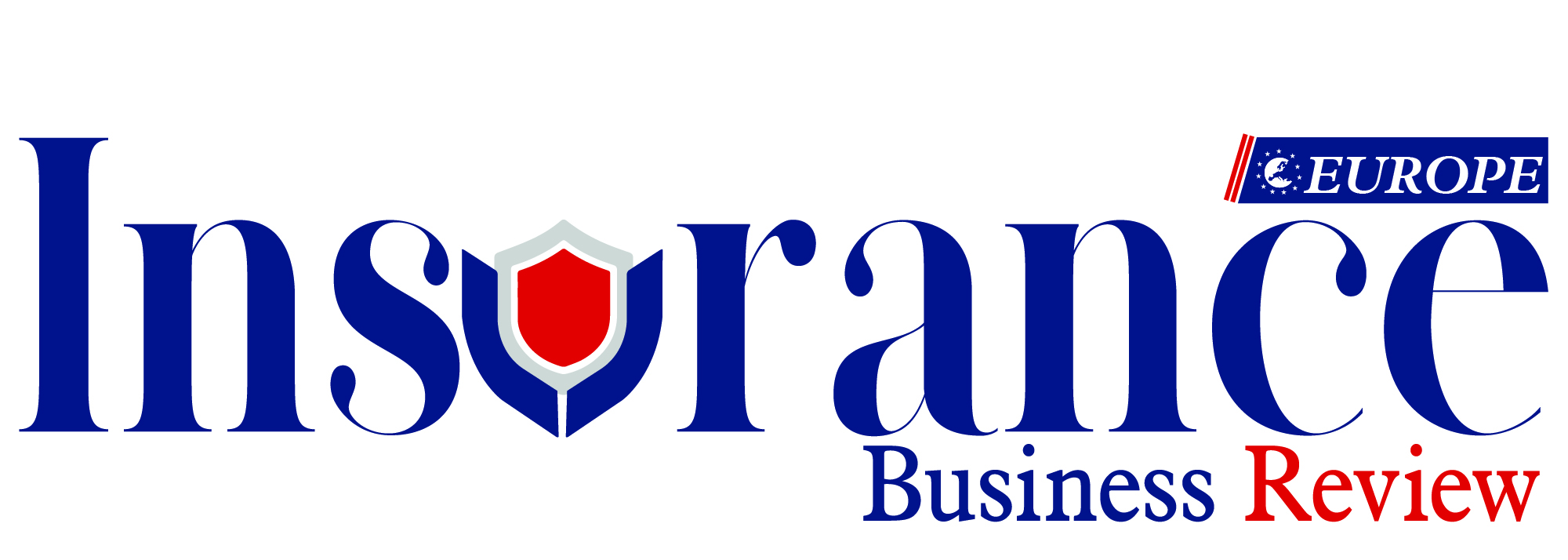Thank you for Subscribing to Insurance Business Review Weekly Brief
- Home
- Sections
- Claim Adjusting
- Credit Insurance
- Cyber Insurance
- Expat Insurance Agency
- Health Insurance
- Insurance Agency Management
- Insurance Broker
- Insurance Consulting
- Insurance Risk Management
- Liability Insurance
- MGA
- Reinsurance
- Specialty Insurance
- Third Party Administartor
- Travel Insurance
- Underwriting
- Worker Compensation
- News
- CXO Insights
- Vendor Viewpoint
- Magazine
- Conferences
- Subscribe
- About Us
- CXO Awards
-
InsurTech in LATAM: Bridging Geography, Trust, and Efficiency
Latin America's insurance industry is poised for a digital revolution, leveraging AI, drones, and digital platforms to enhance claims processing and meet the growing demands of consumers.

By
Insurance Business Review | Wednesday, October 08, 2025
Stay ahead of the industry with exclusive feature stories on the top companies, expert insights and the latest news delivered straight to your inbox. Subscribe today.
Fremont, CA: The insurance industry in Latin America (LATAM) is standing at an inflection point. Characterized by low penetration rates but high-profitability potential and a rapidly expanding middle class, the region is ripe for a digital revolution. This transformation is nowhere more evident and impactful than in the claims and loss adjustment process, where Artificial Intelligence (AI), drones, and digital platforms are moving from disruptive concepts to essential operational tools.
The Catalyst: A Market Primed for Digital Evolution
Latin America presents a distinctive landscape for InsurTech adoption, characterized by high smartphone and internet penetration, alongside historically low insurance uptake, resulting in a significant protection gap. To effectively engage the mass market, particularly the rapidly expanding middle class, insurers must address longstanding barriers related to cost, complexity, and consumer distrust. Digital transformation, especially within the claims experience, provides a compelling solution. Consumers in the region, already familiar with digital financial services through FinTech, now expect insurance processes that are faster, more transparent, and less reliant on manual intervention. At the same time, insurers face growing pressure to enhance operational efficiency and reduce substantial loss-adjusting expenses—challenges that are well-suited to digital tools and automation. Latin America’s vast geography and diverse infrastructure further underscore the need for digital innovation, as traditional, in-person claims assessments often prove time-consuming and prohibitively costly.
The Trio of Transformation: AI, Drones, and Digital Claims
AI and Machine Learning are transforming claims processing by automating manual tasks and enabling intelligent decision-making. AI-powered chatbots and virtual assistants now manage the First Notice of Loss (FNOL), capturing claim details, providing instant feedback, and routing cases efficiently. Machine learning enhances fraud detection by analyzing large datasets—such as policy histories, claimant behavior, and external information—to identify anomalies more quickly and accurately, thereby reducing financial leakage. AI-driven image analysis automates simple claim assessments, while generative AI helps summarize complex claim files and draft clear, empathetic communications with policyholders. Meanwhile, drones and remote sensing technologies revolutionize loss assessment, overcoming logistical barriers, particularly in property, agriculture, and disaster-prone regions. They quickly capture high-resolution imagery of damaged areas, support aggregate loss estimation, and provide detailed, 3D, auditable documentation for routine inspections, cutting time, cost, and safety risks.
Digital claims platforms and self-service tools form the customer-facing layer that unites these innovations, delivering greater transparency, efficiency, and convenience. Through mobile apps and web portals, policyholders can upload documents and images, enabling faster processing and feeding AI systems with high-quality data. Real-time claim tracking enhances customer satisfaction, reducing dependence on the contact center. Additionally, emerging technologies such as digital twins and 3D modeling are reshaping collaboration among adjusters, contractors, and insurers by creating shared, accurate digital replicas of damaged properties, which enhance repair precision and cost estimation.
While technology continues to automate routine tasks, it simultaneously enhances the role of the human loss adjuster. Rather than being replaced, adjusters are evolving from data collectors and processors into high-value consultants who bring critical judgment, empathy, and strategic insight to the claims process. Their future responsibilities will increasingly center on managing complex claims involving structural damage, business interruption, liability disputes, and intricate policy interpretations—areas where human discernment and negotiation remain indispensable. Additionally, adjusters will play a vital role in interpreting and overseeing data derived from AI and drone technologies, ensuring that decisions are both efficient and ethically sound while maintaining compliance across automated processes. Equally important, they will act as advocates for customers, providing empathetic communication and support in high-severity or emotionally charged loss situations, thereby reinforcing trust and strengthening client relationships.
The convergence of AI, drones, and end-to-end digital platforms marks the arrival of InsurTech in Latin America's claims sector. This digital trifecta promises a future of adjustment that is faster, more accurate, and more cost-effective than ever before, creating an opportunity to close the region's protection gap. For the insurance industry in LATAM, this transformation is not a luxury—it is the prerequisite for sustainable growth and a non-negotiable step toward meeting the evolving demands of the 21st-century customer.
More in News






